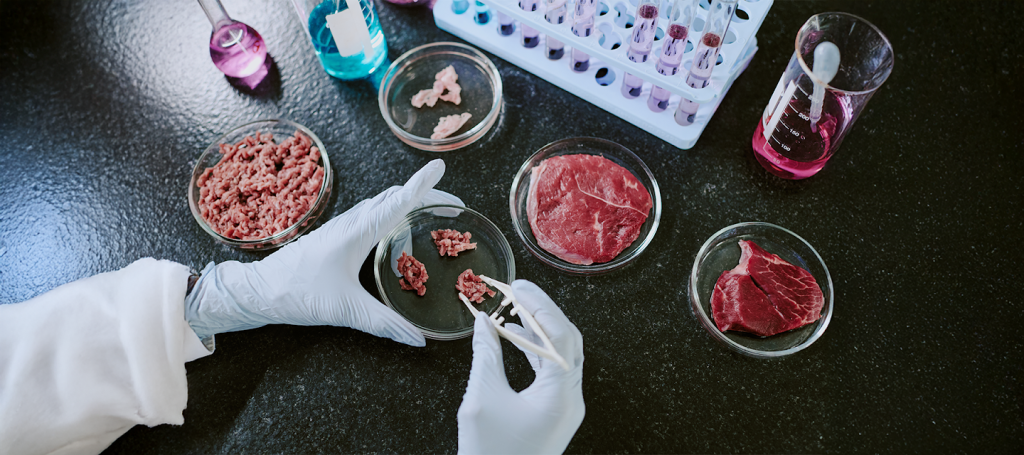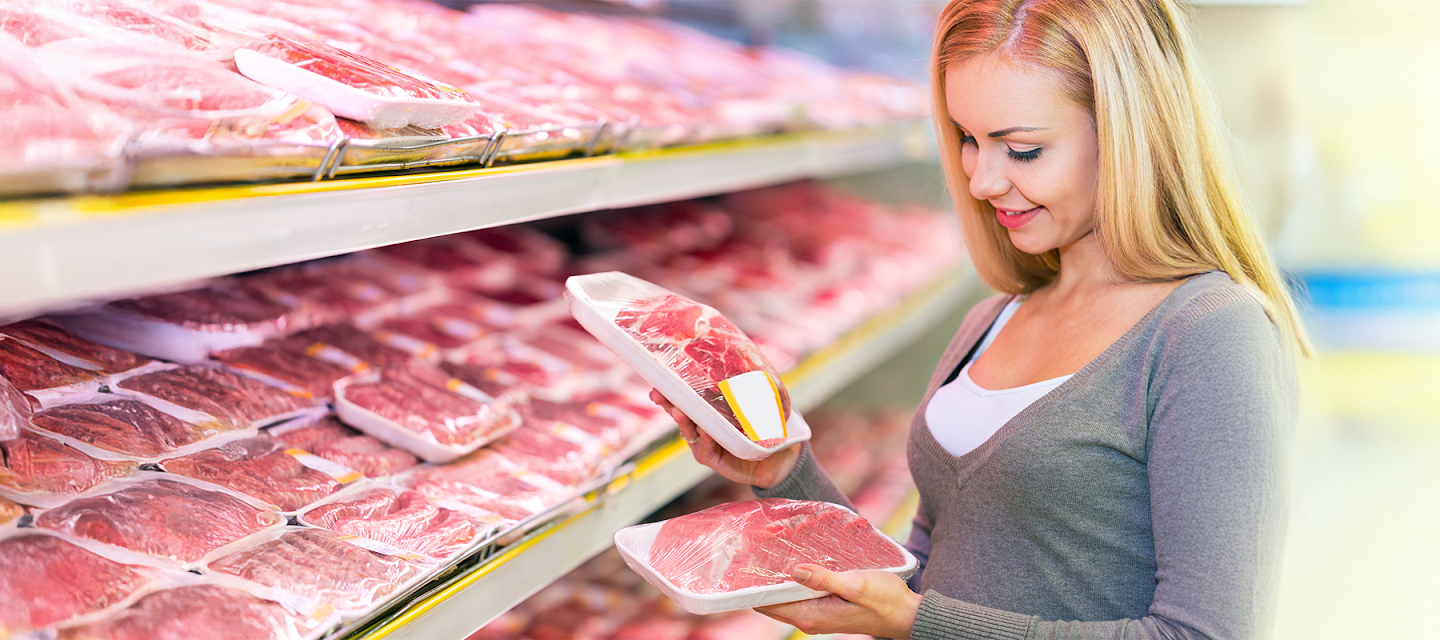Are you aware of your dinner plate and the superbug crisis? Read till the last word to be aware of the risks of antibiotics in meat. Your next meal, comprising the package of chicken breasts or ground beef, could hold a hidden story about modern agriculture and a direct connection to one of the greatest public health threats of the time, that is, antibiotic resistance. Be careful what is in your shopping cart!
Antibiotics have been used in livestock for decades as the standard practice in the United States. However, this convenience is discovered to come at a staggering cost to human health. So, it is high time that we connect the dots between our dinner plates and the emergence of dangerous superbugs.
The unseen connection – How farm antibiotics are creating superbugs in humans?
So, when a cow or a chicken is given medicine, how exactly does it lead to a health crisis for human beings? Well, there is a direct alarming connection. The huge majority of antibiotics used in American agriculture are not to treat sick animals. Rather, these are used in factory farming antibiotics regimens – low, daily doses as given to entire herds or flocks for preventing disease in crowded, mostly unsanitary conditions, while promoting faster growth.
The weakest bacteria might die off when they are constantly exposed to an antibiotic’s low levels; however, the strongest and most resistant ones survive and start multiplying. These are the “superbugs”. Then these drug-resistant bacteria travel from the farm to your family in these ways :
a. Direct contamination –
When the animal is being slaughtered and processed, the bacteria from its gut easily contaminate the final meat product.
b. Environmental spread –
Through animal waste, the bacteria seep into the environment, thereby contaminating water and soil. Subsequently, other food crops are also contaminated.
c. Direct contact –
As the farmworkers are exposed directly, they are likely to carry these superbugs into their communities.
Overusing the factory farming antibiotics creates a breeding ground where these resilient pathogens multiply and convert our food system into an incubator for the superbugs from food.

The hidden health risks of antibiotics in meat in the USA
You are sure to fall sick after consuming undercooked meat contaminated with these superbugs, or when they have spread through your kitchen via cross-contamination. The resulting infection is the real danger – it could be a common foodborne illness such as Salmonella or a urinary tract infection from E.Coli, which are not likely to respond to standard antibiotics.
As stated by the Centers for Disease Control and Prevention (CDC), over 2.8 million antibiotic-resistant infections take place in the USA annually, and they lead to over 35,000 deaths. Now the food chain has a significant connection to this death rate count. With the growing antibiotic resistance, the outcome includes longer hospital stays, more complex and expensive treatments, along with a higher risk of mortality from the once-easily-treatable infections.
Remember, the threat of superbugs from food is no longer dismissed as a distant problem. Rather, it is a clear and present danger in American diets that further compromises our ability to find safe meat to eat.
Coming to the great debate – why are farm antibiotics used and what is the push for change?
Economics and animal welfare are the main bases for the arguments for using antibiotics in livestock. While the proponents argue that it is the cost-effective way for preventing disease outbreaks in large-scale operations, which further ensures a stable and affordable meat supply. Had the antibiotics not been used, then they claim the rising rate in animal sickness, along with the skyrocketing meat cost.
Nevertheless, the health organizations and consumer advocates, comprising those behind the Pew Charitable Trust’s antibiotics research project, are arguing about this short-term gain leading to a catastrophic long-term risk. Using factory farming antibiotics routinely is the primary driving factor behind the global antibiotic resistance crisis.
The push for antibiotic-free livestock is based on preserving the effectiveness of these life-saving drugs for human medicine. However, the higher consumer demand for safe meat to eat is the greatest force driving this change. In fact, a large population is now seeking to buy antibiotic-free meat. It has brought up a closer examination of the Costco antibiotic policy and the high Whole Foods meat standards.
Decoding the meat labels: What does “Antibiotic-Free” and “USDA Organic” mean?
True that, it’s a confusing endeavor to navigate the meat aisle. So, what do the labels stand for?
1. “Raised Without Antibiotics” or “No Antibiotics Ever”
USDA has verified this straightforward claim. It means the animal did not receive any antibiotics at any time in its life.
2. USDA Organic
We should take it as the much stricter standard. While comparing USDA organic vs no antibiotics, the guarantee given with the organic label is that the animal was never given antibiotics, was fed 100% organic feed, and had access to the outdoors.
3. “Antibiotic-Free”
Since the USDA has not legally defined this term, it could be misleading. So, the better and safer catch is going by the officially verified labels as stated above.
It’s crucial to understand the debate between USDA organic vs no antibiotics – it helps in making an informed choice. While both are against the use of antibiotics, the organic label contains additional requirements regarding the animal’s lifestyle and diet. Hence, several conscious consumers are trusting the rigorous Whole Foods meat standards.

Your plate is your power – Know how to find safe meat and drive a healthy change!
You are the sole beginning solution to curb the use of antibiotics in meat. Be conscious of where your money is going – you are actually making or breaking the industry. The industry receives a strong message about your demand for better practices.
First, look for clear and verified labels. There are stores responding to this demand. For instance, the Costco Antibiotic Policy has made commitments to restrict the use of antibiotics in its meat supply chain.
Explore the leading antibiotic-free chicken brands, such as Perdue’s “No Antibiotic Ever” line or Applegate. If you are in need of more direct sourcing, then there are plentiful options. Find a local organic butcher near you that often sources from smaller but responsible farms. On the other hand, take a grass-fed beef delivery service into account for high-quality meat to be dispatched to your door.
You can even find online retailers such as Thrive Market that offer curated selections of responsibly raised products. ButcherBox subscription provides a convenient consistency in sourcing high-quality meats. Choose to buy antibiotic-free meat. Invest in a safer food system.
So, the power to reduce the threat of superbugs from foods and preserve the efficacy of modern medicine rests within our collective choices. When you demand transparency and support the producers who are prioritizing health over habit, then you ensure the meat you are eating is truly safe and sustainable for the next generations.
The best defense against the escalating threat of antibiotic resistance is the ardent push for better practices, powered by the research from groups like the Pew Charitable Trusts’ antibiotics projects and your daily choices.
Wrapping it up,
The solution is empowerment. Choosing to buy antibiotic-free meat, scrutinizing a label to understand the differences between USDA organic vs no antibiotics, or supporting the retailers with a strong Costco antibiotic policy means casting a vote for a safer, more sustainable future. The market demand becomes more powerful with these individual choices that force industry-wide change and keep the efficacy of life-saving medicines protected for the next generations. Treat your plate as more than just a meal; it is a worthy tool for public health.

Rayan works closely with Eastpoint Digital, a reputed content marketing agency in California. He is dynamic in promoting and publishing blogs across various sites, focusing on generating quality backlinks to boost online visibility.














